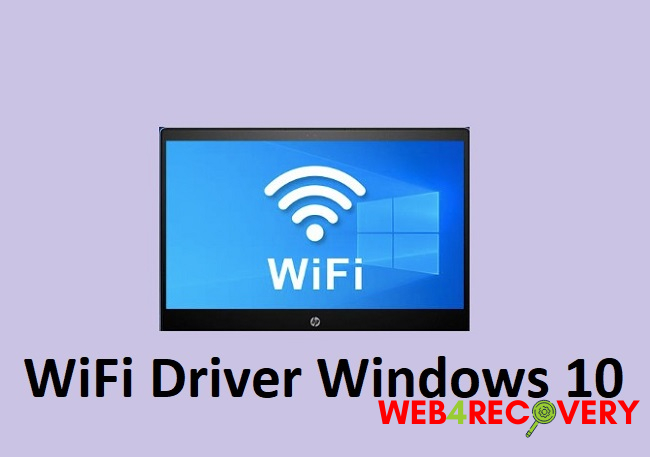Ensuring that your WiFi driver is properly installed and up-to-date is crucial for maintaining a stable and fast internet connection.
This guide will walk you through the steps to install or update a WiFi driver on Windows 10 and Windows 11, covering specific instructions for Dell, Intel, Broadcom, and Lenovo systems, and addressing both 32-bit and 64-bit architectures.

Installing WiFi Drivers on Windows 10
General Steps:
- Open ‘Device Manager’: Right-click on the Start button and select ‘Device Manager’.
- Expand ‘Network adapters’: Find your WiFi device in the list.
- Update the driver: Right-click the device and select ‘Update driver’.
- Let Windows search for the driver: Click on ‘Search automatically for updated driver software’ and follow the on-screen instructions.
Specific to Dell, Lenovo, Intel, Broadcom:
If Windows does not find a new driver or if you have a specific driver downloaded, you can manually install it:
- Visit the manufacturer’s website: Navigate to the Dell, Lenovo, Intel, or Broadcom official website.
- Locate the drivers: Search for your specific device’s drivers in the support or download section.
- Download the right driver: Make sure to select the correct driver corresponding to your Windows version (Windows 10) and architecture (32-bit or 64-bit).
- Install the driver: Run the downloaded file and follow the prompts to install the driver.
- Restart your system: This ensures the changes take effect.
Installing WiFi Drivers on Windows 11
Much like Windows 10, installing WiFi drivers on Windows 11 involves similar steps:
General Steps:
- Open ‘Device Manager’: Right-click on the Start button and select ‘Device Manager’.
- Expand ‘Network adapters’: Locate your WiFi device in the list.
- Update the driver: Right-click the device and select ‘Update driver’.
- Let Windows search for the driver: Click on ‘Search automatically for drivers’ and follow the prompts.
Specific to Dell, Lenovo, Intel, Broadcom:
For manually installing a specific driver:
- Visit the manufacturer’s website: Go to the Dell, Lenovo, Intel, or Broadcom official website.
- Locate the drivers: Search for your specific device’s drivers in the support or download section.
- Download the right driver: Ensure you select the correct driver corresponding to your Windows version (Windows 11) and architecture (32-bit or 64-bit).
- Install the driver: Execute the downloaded file and follow the on-screen instructions.
- Restart your system: This helps the new driver to take effect.
Conclusion
Whether you’re using a Dell, Lenovo, Intel, or Broadcom device, installing a WiFi driver is generally a straightforward process in both Windows 10 and Windows 11.
Ensuring your WiFi driver is up-to-date will help maintain a stable internet connection and optimize your online experience. Always remember to download drivers from official manufacturer websites to avoid potential security risks. Happy browsing!

















